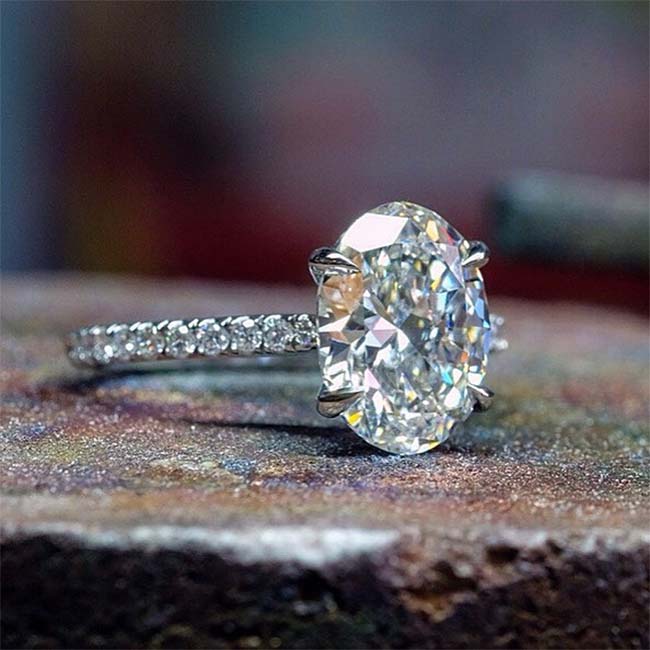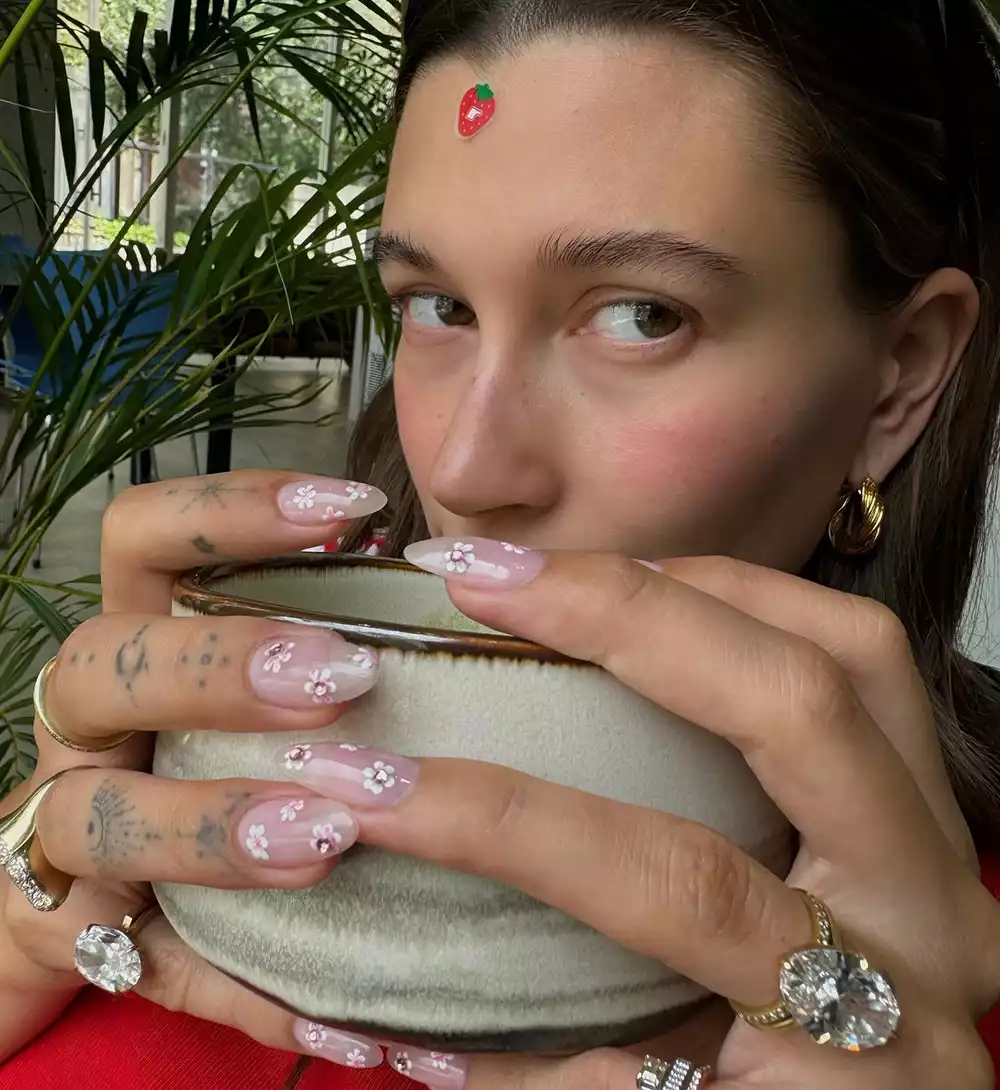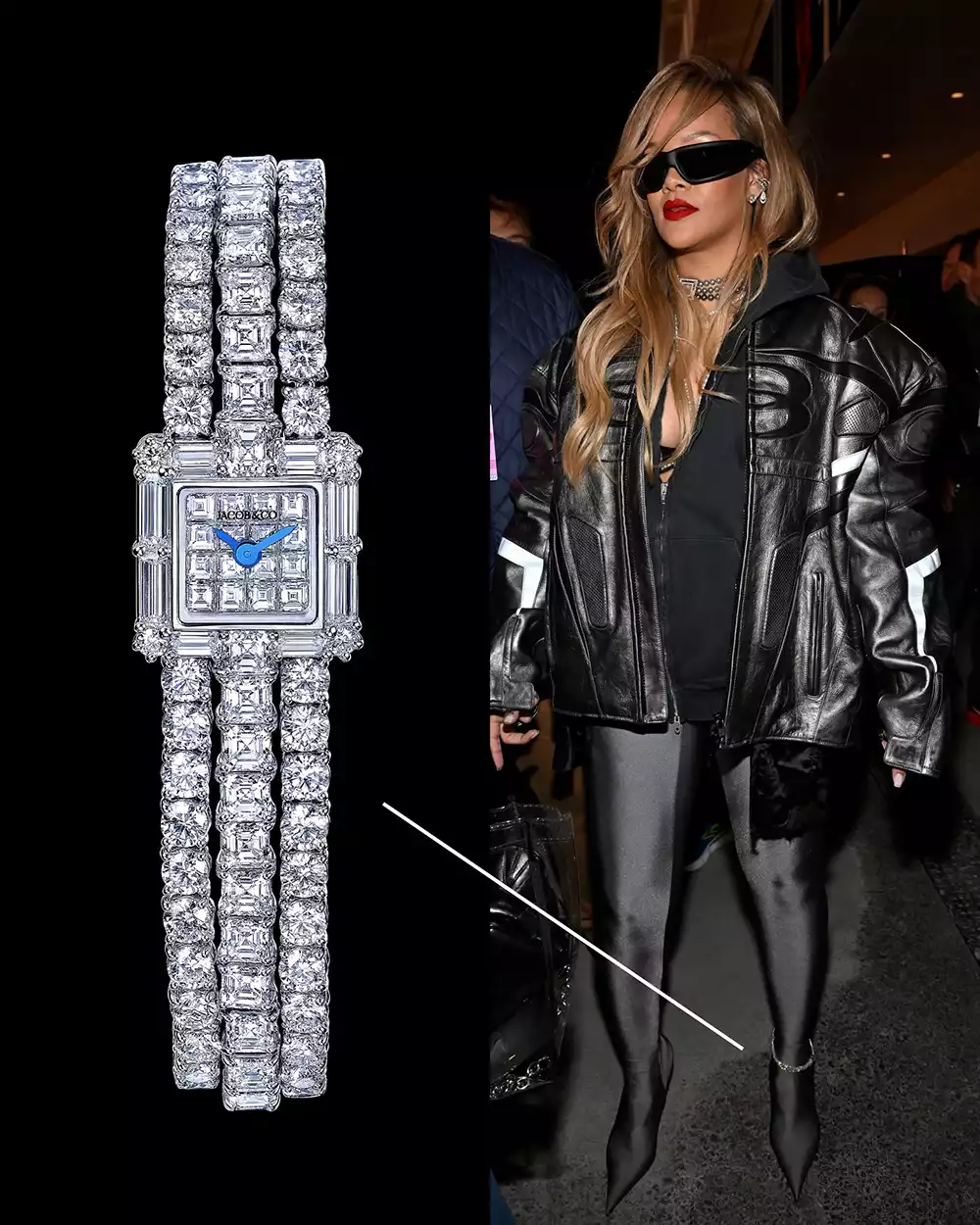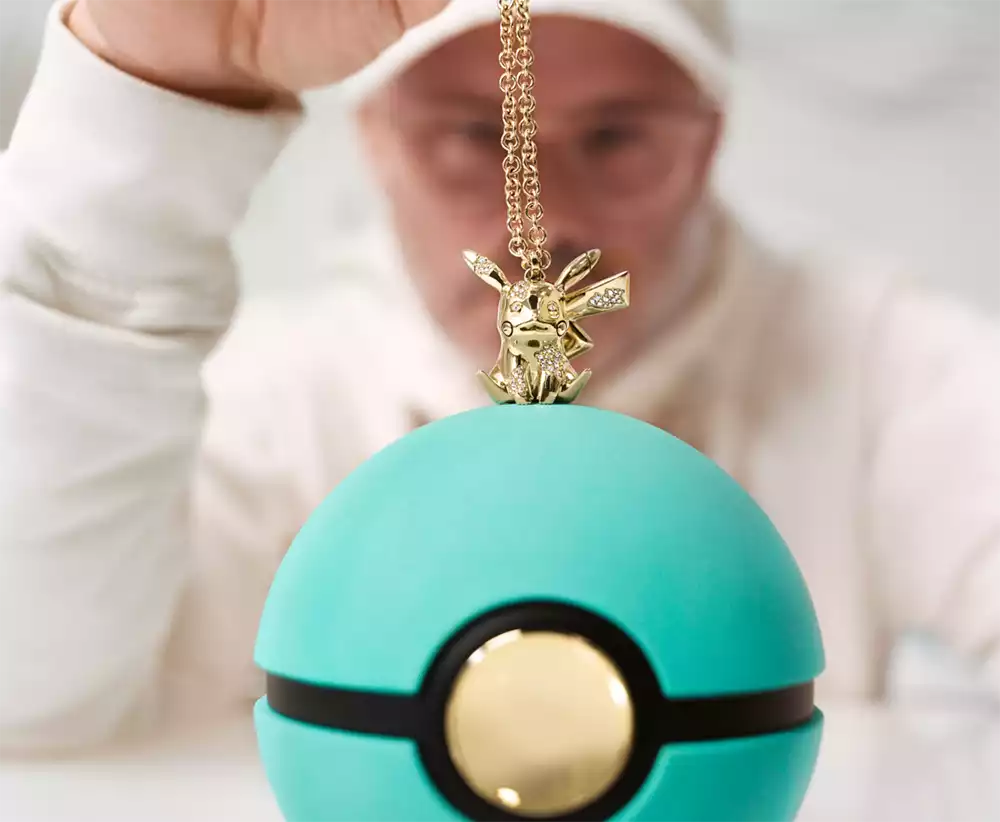
Diamond buyers are more knowledgeable and better educated than ever before. You go into a store with at least the basics of cut, clarity, color, and carat, and you balance these elements along with concerns such as budget.
But you also have another “C” in mind: conscience. With the advent of lab-created diamonds, this issue has been pushed to the forefront. And manufacturers have made sure to paint the mined diamond industry as a draconian force whose sharp fangs are dripping with blood as it devours children, communities, and countries.
If you want truly conflict-free diamonds that do not destroy people or the planet, they say, the only acceptable, conscientious, ethical choice is lab-created stones.
The flaw in their intensive marketing campaigns is this: it does not reflect reality. The lab-grown diamond industry conveniently trades on myths and misconceptions, hoping to sell an inferior product by claiming it is better by virtue of its… well, virtue.
A side note: it may be harsh to call lab-grown diamonds “inferior.” There is nothing wrong with them, per se. They do have the same chemical makeup as mined diamonds. But they are not the same. They have not been formed over millions of years under intense heat and pressure from the earth. They are not real, nor do they retain value as real diamonds do. As the Diamond Producers Association (DPA) slogan tells us, “Rare is real. Real is a diamond.”
So, let’s get real.
The Truth About the Diamond Industry
There is no doubt that the thought of buying stones that fund conflict – war – is unpalatable. But it is virtually impossible today. Less than two-tenths of one percent (0.02%) of all the diamonds traded in the world are considered associated with conflict. There are outliers and unscrupulous people in every industry; they are not the norm. Far from it.
Initiatives like the Kimberley Process have all but eliminated the trade of “blood diamonds.” The Kimberley Process is a collaboration of 81 countries that maintains integrity in the supply chain. It prioritizes strict requirements, transparency, and trade only with other members. Shipments must be documented and certified as conflict-free diamonds.
The truth is that 99.8% of all diamonds are certified as conflict-free diamonds.
Are Mining Companies Destroying the Environment?
This is another marketing angle that labs love to play up. Diamond mining is dirty (not to mention dangerous), and companies care more about profit than the planet. To start, diamond mining is less harmful than mining for other compounds, such as gold. It does not require as much (or any) chemicals, and it impacts less of the surrounding area. But that doesn’t mean it’s good.
The diamond industry has long recognized that mining does have an impact on the environment, and industry members have been making significant strides to reduce this. Companies are leading the charge for change: Petra, for example, established 10,255 hectares of protected habitat next to their operations to preserve plant and animal life. De Beers protects 164,000 hectares of land.
DPA members collectively protect 1,000 square miles of land from Botswana and South Africa to Australia, Canada, and Russia. This is three times the amount of land they use for mining. They also direct proceeds to conservation and biodiversity projects.
Emissions is another area in which the industry has been proactive about changing. De Beers is working toward carbon-neutral mining at some sites in the next five years, for example, and Australia’s Rio Tinto Argyle Mine has reduced fossil fuel use by 21% while drawing more than 92% of its power from hydroelectric sources.
Scientists also say that kimberlite tailings – waste material left over after diamonds are recovered from source rock – have tremendous capability to store carbon, which could offset up to 10 times the emissions of a typical mine. Leveraging technology will help mining companies reduce their impact further.
The diamond industry also invests heavily in water recycling, waste reduction, tree-replanting programs, and more.
Do they have more work to do? Absolutely. We all do. But let’s consider this: the CO2 emissions associated with lab-created diamonds are three times greater than that of diamonds mind by DPA members. That is certainly a fact the labs do not want you to know.
What About the People and Communities in Diamond-Rich Locations?
They’re used and abused. They’re exploited. They’re treated like slaves, and children are sent into the mines to maximize profit. Diamond companies chew up communities and spit them out with no care or concern for their safety or their well-being. More myths.
In truth, diamond companies have worked diligently to produce truly ethical diamonds. This starts with the people who work the mines and the communities in which they are located.
When you picture a diamond mine, what do you envision? A dark, dirty, small tunnel in which people must put their lives at risk to pick out diamonds? The reality is that most of the work is automated and much safer than in generations past. Today’s mining companies prioritize training and competitive wages. In fact, DPA members pay their workers 66% more than the average salary in their areas, and they offer healthcare and other benefits. And no, children need not apply.
The diamond industry also understands how important it is to maintain their “social license to operate.” They depend on these communities, and they pay them back by pouring millions into infrastructure, healthcare, education, and environmental programs. In Botswana, for example, one in every two people lived in poverty before the mining industry was launched. Today, that figure is less than one in five – and still decreasing.
Ethical Diamonds – and Enduring Beauty
When you purchase a diamond, you are buying much more than a stone – albeit a valuable, gorgeous one! You are buying a story, a piece of history, a unique and enduring piece from which you can derive pleasure for decades and pass down for decades more. You are buying ethical diamonds from companies that support their workers, communities, and even entire countries with progressive, eco- and socially conscious initiatives.
Education is essential, not only to empower you to choose the best diamond for your needs and budget, but to ensure that you will have a jewelry piece of which you can be proud.
Use this article as a starting point, do your research, bust myths, and rest assured that the story behind your diamond is one rich in history and integrity.


